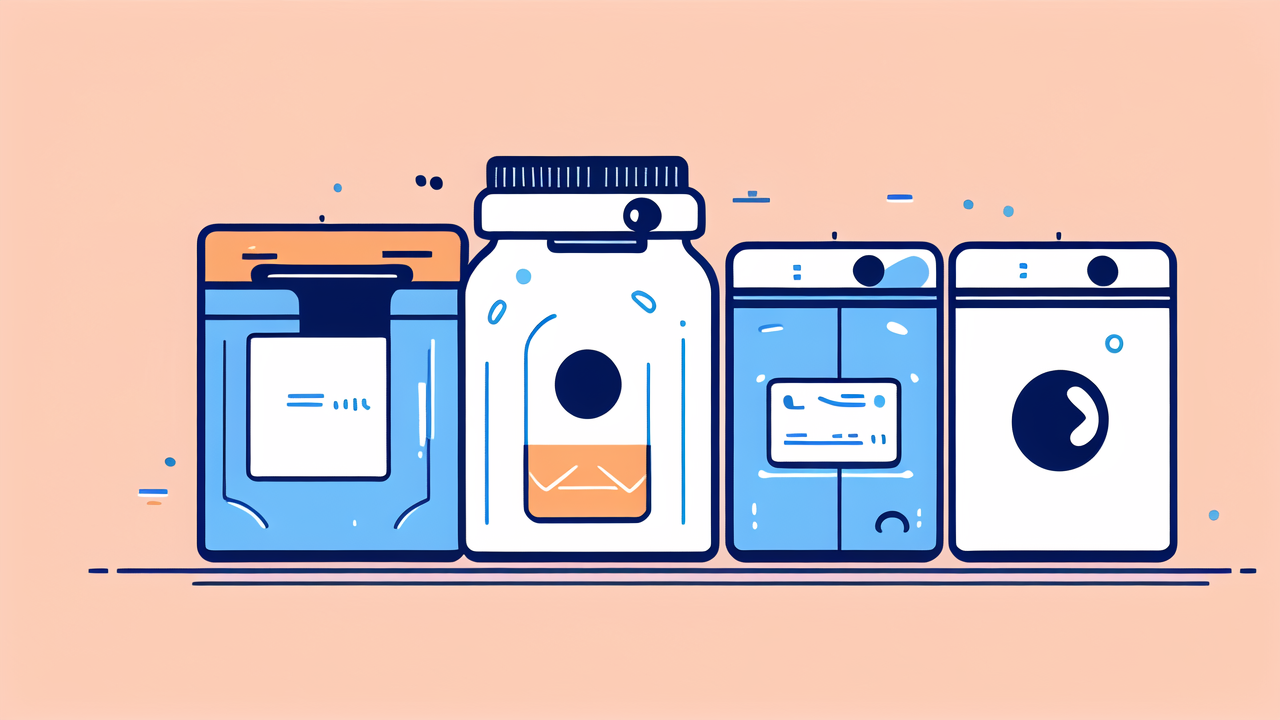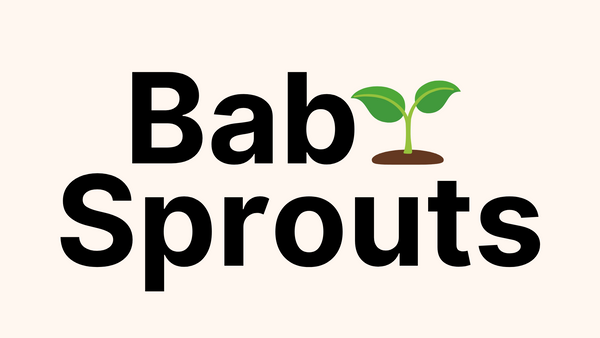
Mess-Free Meals: Comparing Baby Boy Bibs and Disposable Adult Bibs
Understanding the Need for Mess-Free Bibs
The Impact of Messy Meals on Parents and Caregivers
Messy meals can be a huge headache for parents and caregivers. Food stains on clothes are hard to remove. They can ruin outfits and cause extra laundry work. This adds stress to an already busy day. Cleaning up after messy eaters takes time away from other tasks. It can also be frustrating and tiring. Bibs help keep clothes clean and reduce cleanup time. They make mealtime less stressful for everyone involved. Using bibs can save money on new clothes and cleaning products. They also help maintain a cleaner, more hygienic eating area.

Why Adults Struggle with Messy Eating Habits
Adults may have messy eating habits for various reasons. Some have physical limitations that make neat eating difficult. Others may have neurological conditions that affect motor skills. Certain medications can cause hand tremors, leading to spills. Some adults simply never learned proper table manners. Age-related issues like arthritis can also make eating neatly challenging. Wearing a bib can help these adults maintain dignity during meals. It protects their clothes and reduces embarrassment. Bibs allow adults to enjoy meals without worry about making a mess.
Baby Boy Bibs vs. Disposable Adult Bibs
Assessing the Different Needs of Baby Boys and Adult Men
Baby boys and adult men have different bib needs. Babies are learning to eat and often make big messes. They need bibs that cover a large area and are easy to clean. Baby bibs should be soft and comfortable against delicate skin. Adult men may need bibs for various reasons, like illness or disability. Their bibs should be discreet and dignified. Adult bibs need to be larger to cover more of the body. They should also be easy to put on and take off. Both types need to be effective at catching spills and food debris.

Materials and Design: What Sets Baby Bibs Apart?
Baby bibs are made with special materials and designs. They often use soft, absorbent fabrics like cotton or terry cloth. Many have waterproof backing to prevent leaks. Baby bibs come in fun colors and patterns to engage little ones. They often have catch-all pockets at the bottom to collect fallen food. Velcro or snap closures make them easy to put on and take off. Some baby bibs are made of silicone for easy cleaning. Others are disposable for convenience when traveling. Baby bibs are designed to be gentle on sensitive skin and safe for chewing.
The Environmental and Economic Benefits of Reusable Bibs
Reusable bibs offer many benefits for the environment and wallet. They reduce waste from disposable bibs going to landfills. This helps cut down on plastic pollution and carbon emissions. Reusable bibs save money in the long run by eliminating the need to buy disposables. They can be used for multiple children, increasing their value. High-quality reusable bibs can last for years with proper care. They come in various styles to suit different needs and preferences. Some are even made from recycled materials, further helping the environment. Using reusable bibs teaches children about sustainability from an early age.
Selecting the Right Mess-Free Solution
Tips for Choosing the Best Bib for Your Baby Boy
When choosing a bib for your baby boy, consider these factors:

- Size: Ensure it covers enough area to catch spills.
- Material: Look for soft, comfortable fabrics that are easy to clean.
- Closure type: Choose one that's secure but easy to fasten and remove.
- Absorbency: Pick bibs that can handle drool and spills effectively.
- Design: Select fun patterns or colors that your baby will enjoy.
- Durability: Invest in bibs that can withstand frequent washing.
- Pocket: A catch-all pocket at the bottom can be very helpful.
- Neck fit: Make sure it's not too tight or loose around the neck.
- Adjustability: Growing babies need bibs that can be adjusted.
- Quantity: Have enough bibs to last between laundry days.
How to Care for and Maintain Your Reusable Bibs
Proper care extends the life of reusable bibs. Here are some tips:
- Rinse bibs after each use to prevent stains from setting.
- Follow the washing instructions on the label carefully.
- Use a gentle detergent to protect the fabric and your baby's skin.
- Avoid using fabric softeners, which can reduce absorbency.
- Hang bibs to dry or use a low heat setting in the dryer.
- Store bibs in a clean, dry place to prevent mold and mildew.
- Inspect bibs regularly for signs of wear and tear.
- Replace bibs when they become thin or develop holes.
- Consider using a stain remover for tough spots before washing.
- Rotate your bibs to ensure even wear across your collection.
When to Consider Using Disposable Bibs for Adults
Disposable bibs can be useful for adults in certain situations:
- During travel when washing facilities are not available.
- In healthcare settings to maintain hygiene standards.
- For adults with severe mobility issues who need frequent bib changes.
- At large gatherings or events where cleanup needs to be quick.
- When caring for someone with a highly contagious illness.
- In situations where laundry facilities are limited or unavailable.
- For short-term use while recovering from surgery or illness.
- In emergency situations or natural disasters.
- When trying out bib use before investing in reusable options.
- For occasional use by visiting elderly relatives or friends.
Disposable bibs offer convenience but should be used thoughtfully to minimize waste. Consider the environmental impact and balance it with the specific needs of the adult user. In many cases, reusable options are still preferable for long-term use at home.
